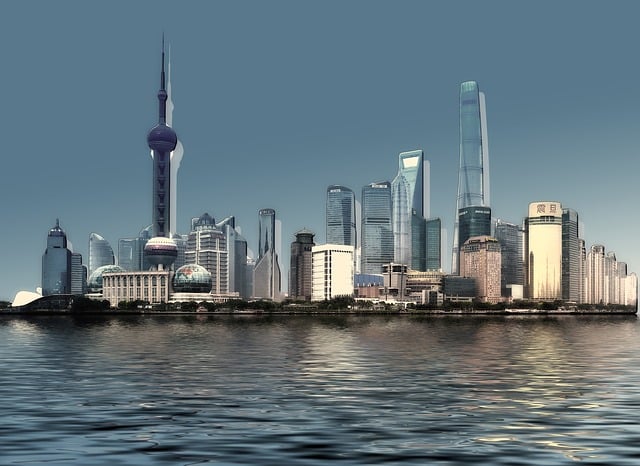In Karachi, Pakistan, where air pollution is a significant concern, understanding the Air Quality Index (AQI) is crucial for resident health. The AQI provides color-coded updates on pollutant levels like PM2.5, PM10, ozone, and nitrogen dioxide. Citizens can use this information to plan activities and protect themselves during high pollution periods. Dalmia Road, a densely urbanized area, faces unique challenges from vehicle emissions, industrial activity, and weather conditions, requiring targeted solutions. Strategies include promoting cleaner transportation, enforcing stricter industrial regulations, greening urban spaces, and engaging the community in awareness campaigns to combat poor air quality.
Karachi, Pakistan’s bustling metropolis, faces significant air quality challenges, with areas like Dalmia Road suffering from hazardous levels of pollution. This article explores the intricate web of factors contributing to the region’s environmental issues, delving into the Air Quality Index (AQI) and its impact on public health. We analyze Dalmia Road’s current environmental profile, identify critical aspects affecting air quality, and propose strategies to foster a cleaner, healthier Karachi. Understanding these dynamics is crucial for implementing effective solutions.
- Understanding Air Quality Index (AQI) in Karachi
- Dalmia Road's Environmental Profile: Current State
- Factors Affecting Air Quality Along Dalmia Road
- Strategies for Improving Air Quality in the Area
Understanding Air Quality Index (AQI) in Karachi
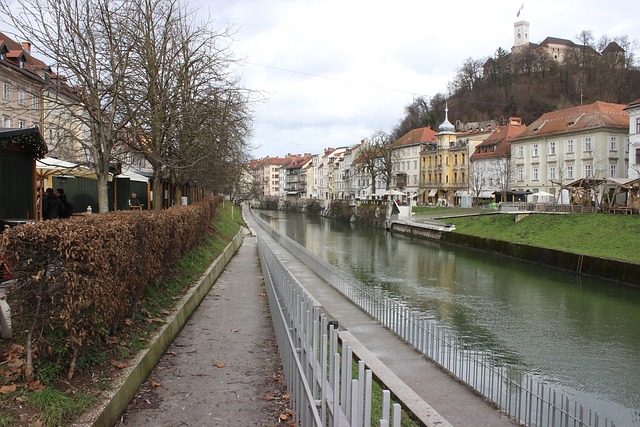
In Karachi, understanding the Air Quality Index (AQI) is crucial for residents to make informed decisions regarding their outdoor activities and overall health. The AQI provides a standardized measurement of air pollution levels in a city, making it easier for people to gauge the safety of the air they breathe. It categorizes air quality into different color-coded levels, ranging from green (good) to purple (hazardous), with each color indicating specific levels of pollutants like PM2.5, PM10, ozone, and nitrogen dioxide. This simple yet powerful tool allows citizens to stay updated on the daily air quality status, enabling them to take necessary precautions when the AQI reaches unhealthy levels.
Karachi, being a bustling metropolis, often faces challenges related to air pollution due to various factors like vehicle emissions, industrial activities, and construction work. By keeping an eye on the AQI, residents can plan their outdoor routines accordingly, wear protective gear, or even limit their exposure during peak pollution periods. Staying informed about the city’s air quality is a proactive step towards ensuring the well-being of folks living in Karachi.
Dalmia Road's Environmental Profile: Current State
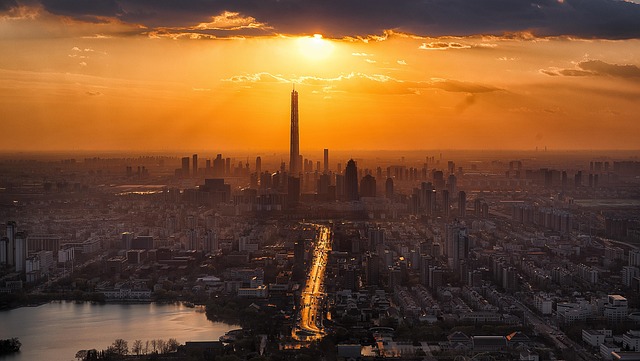
Dalmia Road, located in the heart of Karachi, Pakistan, presents a unique environmental profile that reflects the city’s complex dynamics. The area is characterized by dense urban development with a mix of residential, commercial, and industrial zones. This blend contributes to significant air pollution levels, making Dalmia Road a focal point for air quality monitoring. The current state of the road’s environment is marked by elevated particulate matter (PM2.5 and PM10) concentrations, primarily due to vehicle emissions, construction activities, and nearby industrial operations.
Additionally, nitrogen dioxide (NO2) levels are notably high, indicating heavy traffic congestion and inadequate ventilation in the densely populated areas. These factors combine to form a challenging environmental scenario, underscoring the urgency for sustainable interventions. Karachi’s geographic position, coupled with rapid urbanization, exacerbates these issues, making Dalmia Road a microcosm of the city’s broader environmental challenges.
Factors Affecting Air Quality Along Dalmia Road
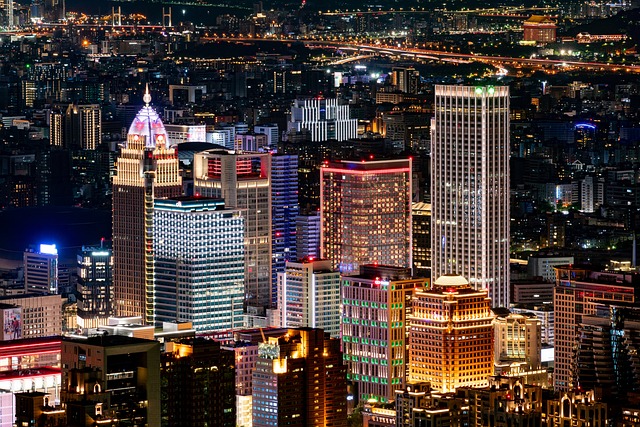
Air quality along Dalmia Road in Karachi is influenced by a multitude of factors, many of which are unique to this bustling metropolis. One primary consideration is vehicle emissions, given the high density of traffic and the prevalence of older, less efficient vehicles in the city. The constant movement of cars, buses, and motorcycles contributes significantly to air pollution, especially during peak hours when congestion is at its peak.
Another critical aspect is industrial activity nearby. Karachi’s rapid industrialization has led to the establishment of various factories and manufacturing units in close proximity to residential areas, including Dalmia Road. These industries often release harmful pollutants into the air, exacerbating existing issues and posing health risks to local residents. Additionally, construction activities are another significant contributor, with dust and debris from building sites further degrading air quality. Weather conditions also play a role; stagnant weather patterns can trap pollutants, leading to higher levels of smog and reduced visibility.
Strategies for Improving Air Quality in the Area
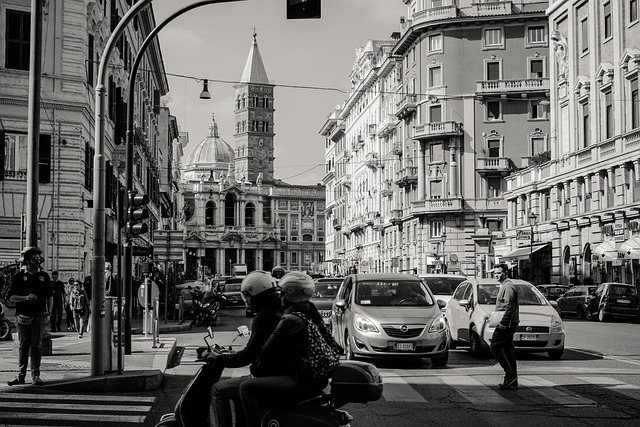
To improve air quality along Dalmia Road in Karachi, several strategic initiatives can be implemented. One key approach is to promote cleaner transportation options by encouraging the use of electric vehicles and improving public transit infrastructure. This can significantly reduce emissions from traffic congestion, a major contributor to poor air quality in urban areas like Karachi.
Additionally, implementing stricter industrial regulations and promoting green practices among factories can play a pivotal role. Planting trees and greening urban spaces not only provides aesthetic benefits but also helps absorb pollutants, making the area healthier for residents. Community engagement and awareness campaigns are essential to ensure sustained efforts towards cleaner air, empowering folks in Karachi to take proactive measures in their daily lives.
The air quality along Dalmia Road in Karachi reflects the broader environmental challenges facing the city. By understanding the factors impacting its AQI, we can implement effective strategies to improve local air quality. Through collaborative efforts involving residents, businesses, and government agencies, it’s possible to create a healthier and more sustainable future for this vibrant part of Karachi.
